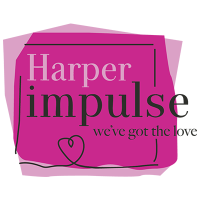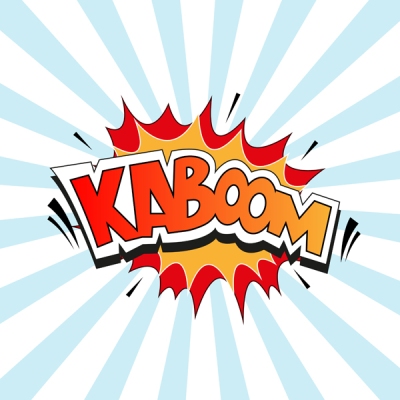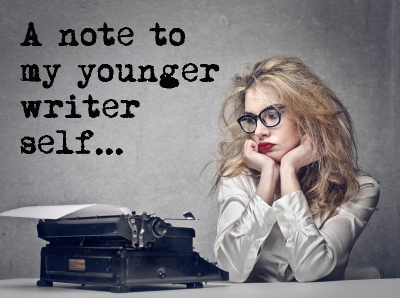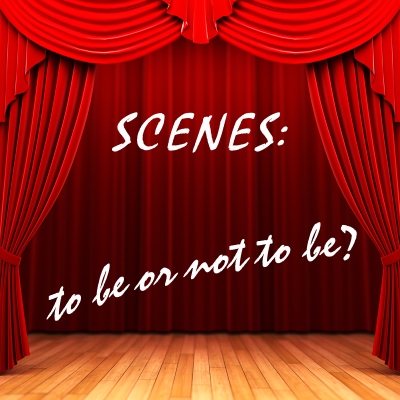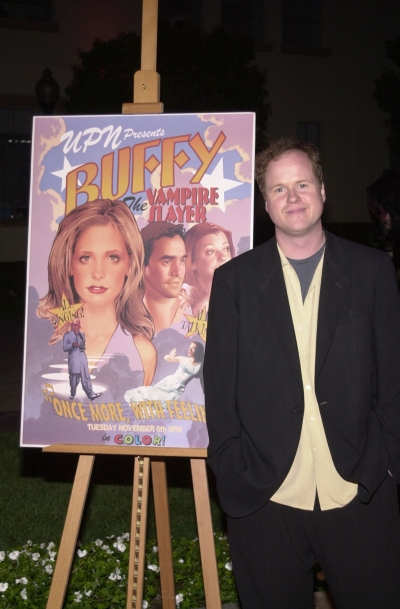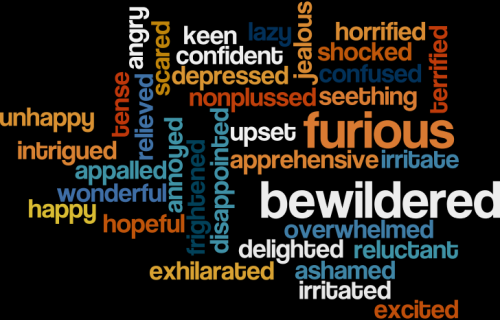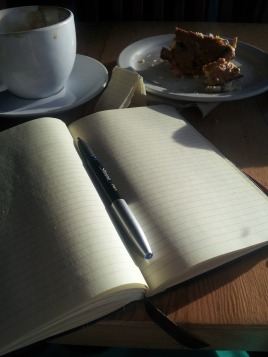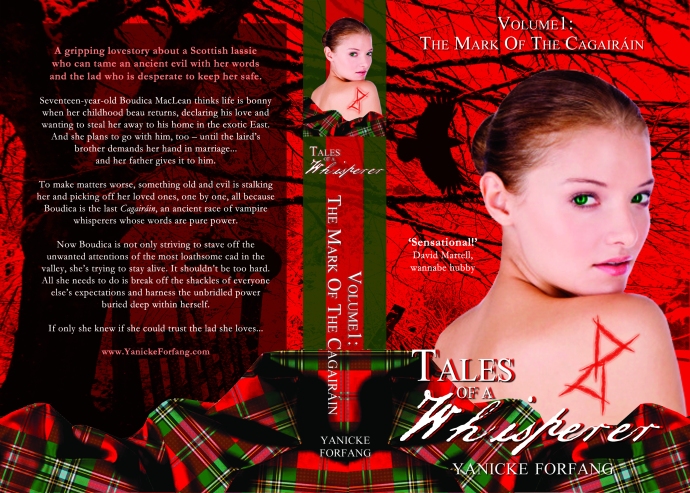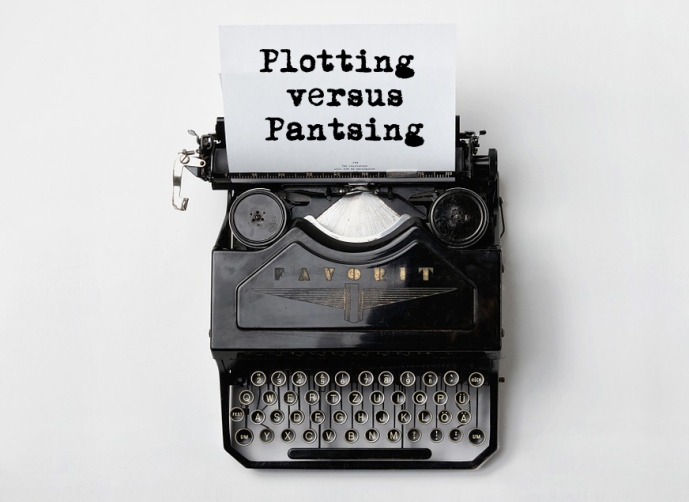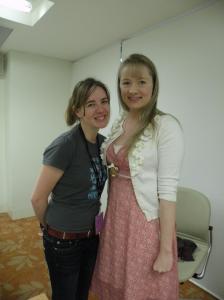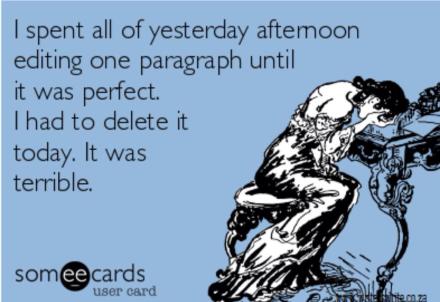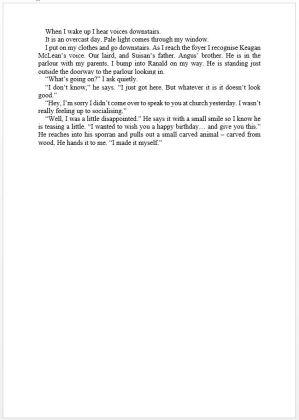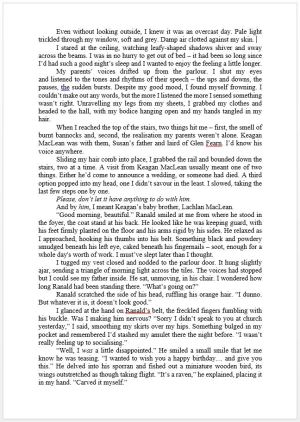This month each of The Print Posse girls will take turns showcasing publishers from around the world in all sorts of genres.
Yanicke is first, and in keeping with our romance theme from last month, she’ll be sharing with you five romance publishers currently accepting submissions from unagented writers.
Because we all need a little romance in our lives…
Why submit to Harper Impulse?
They have a truly digital first publishing mindset – they think about content and how women want to read it.
They are romance experts – they love reading, talking, blogging, tweeting, waffling on about all things romance.
They are global and want authors from everywhere and anywhere because they are going to reach readers everywhere and anywhere.
They are open to trying new things – for instance, they have a series of Follow Your Fantasy eBooks where you choose the fantasy you pursue!
What they’re looking for:
New writers who dare to be different – and the more the merrier!
Various genres, from fun & fast Adult and New Adult genre fiction to more mainstream novels; particularly contemporary and highly commercial stories with strong romantic elements.
Writers who want to push the boundaries in terms of storytelling – whether that be mashing genres, experimenting with length etc.
Full submission guidelines can be found ♥ HERE ♥
2. Harlequin – Escape Publishing
Why submit to Escape?
They’re a small, innovative publisher working within Harlequin Enterprises, a larger, long established company with a rich tradition as a leader in the industry. They are innovative and quick to respond to changes in the industry, plus they have the backing of the global organisation.
You can expect them to be responsive, professional, knowledgeable, supportive, and forward thinking. They’ll also be honest and tell you how they see things.
Escape Artists have formed a vibrant and engaged community supporting each other as independent authors. If you become an Escape author, you’ll be welcomed in that community.
What they’re looking for:
All submissions must include a central romance or romantic elements focused on lead characters and an uplifting ending.
Stories in the following sub-categories:
– adventure
– contemporary
– comedy
– erotic
– fantasy
– gay
– historical
– magic realism
– paranormal
– rural
– suspense
– sci-fi
– saga
– YA/NA
Full submission guidelines can be found ♥ HERE ♥
3. Random House – Loveswept/Flirt
Why submit to Loveswept/Flirt?
Their digital program is centered around your brand; focused on building you as an author introducing you to romance readers everywhere.
Their program is managed with the same attention given all of their other imprints within the Penguin-Random House Publishing Group. The process is the same throughout where digital authors will have a complete and unique publishing package. Every book will be assigned to an accomplished Random House editor and a dedicated marketer and publicist. Not only do their authors benefit from working with the finest cover designers to ensure irresistibly eye-catching books, but they are also offered the unique advantage of social media tools and training that will allow them to connect directly with their readers.
All of their titles are available for purchase at major e-retailers, and compatible with all reading devices.
What they’re looking for:
Loveswept and Flirt invites queries for submissions in the following subgenres:
– contemporary romance
– erotica
– historical romance
– paranormal romance
– women’s fiction
– new adult
Full submission guidelines can be found ♥ HERE ♥
4. Penguin – Destiny Romance
Why submit to Destiny Romance?
If you have written a gorgeous, romantic story, then the team at Destiny Romance would love to see it. They are looking for love stories of all kinds told by wonderful, new voices. They’re looking for compelling plots, vivid settings and characters they care deeply about. Above all, the focus must be on the development of the romantic relationship and the story must provide an emotionally satisfying ending.
Destiny Romance is a digital-first imprint, which means they have more freedom to publish a richer variety of romances and can publish new books very quickly. They will work closely with authors, providing expert editorial guidance and a marketing and publicity campaign to ensure your book is well promoted to a wide readership.
They want love stories that sweep them away and keep them up late reading because they can’t put them down.
What they’re looking for:
Destiny Romance is passionately interested in all kinds of romantic fiction, from sweet and tender through to saucy and sensual.
They’re looking for all subgenres, including but not limited to:
– contemporary
– historical
– suspense
– paranormal
– fantasy
– sci-fi
– erotica
If you’ve come up with a new style of romance, they’re interested in that too.
Full submission guidelines can be found ♥ HERE ♥
5. Hachette – Forever Romance
Why submit to Forever Yours?
Forever Yours is the digital-first sister of the Forever romance imprint, which publishes ebook-only editions of a wide array of original works and classic favorites, ranging in length from novellas to epic sagas. Their editors accept both agented and unagented material for submission.
Forever Yours is all about discovery — they are opening their doors for the first time to unagented authors, and are eager to find talented new writers. With a digital production schedule, they can publish works more quickly, and experiment with stories and genres that haven’t yet broken out in the print marketplace.
Forever Yours offers a complete publishing package: editing by Forever editors, top-notch cover design from the Forever art team, a dedicated publicist, Netgalley review copies for bloggers/reviewers, social media tools and training, targeted marketing and advertising budget, and an experienced digital sales team with long-standing relationships in the e-marketplace.
What they’re looking for:
Forever Yours is currently accepting romance submissions from all subgenres, including but not limited to:
– contemporary romance
– New Adult (but not Young Adult)
– category romance stories
– romantic suspense
– western
– historical
– inspirational
– paranormal
– time-travel
– erotica
Full submission guidelines can be found ♥ HERE ♥
If you know of any other romance publishers currently accepting unsolicited manuscripts, be sure to share their details in the comments below.

